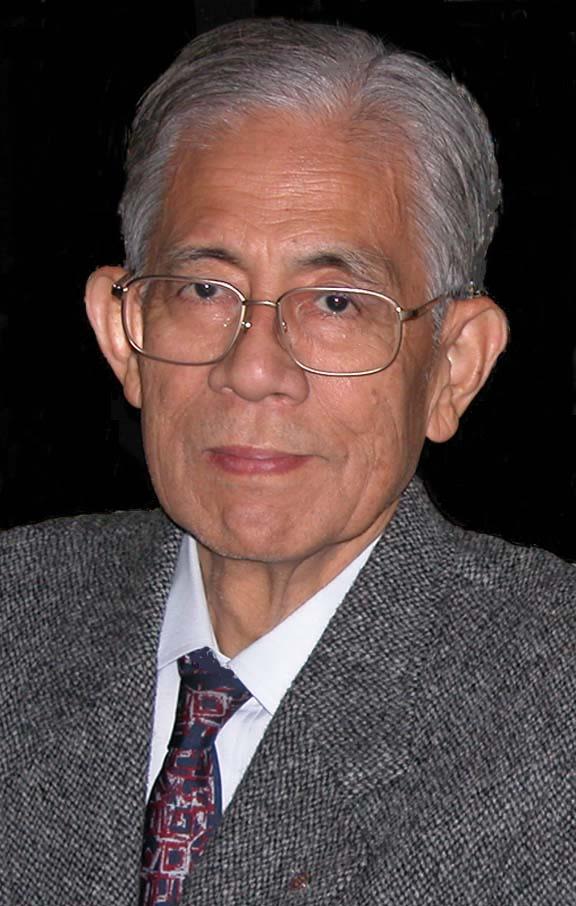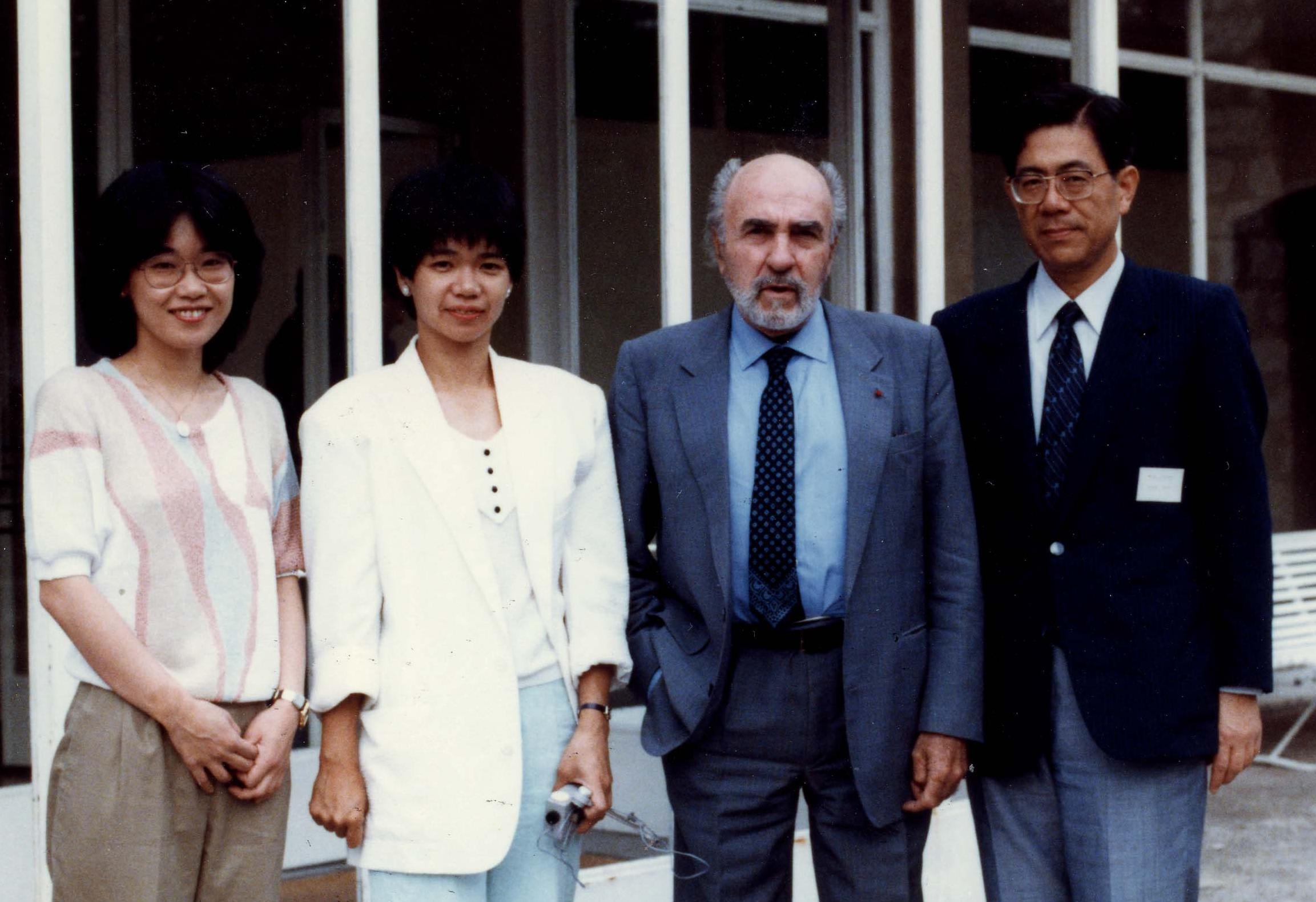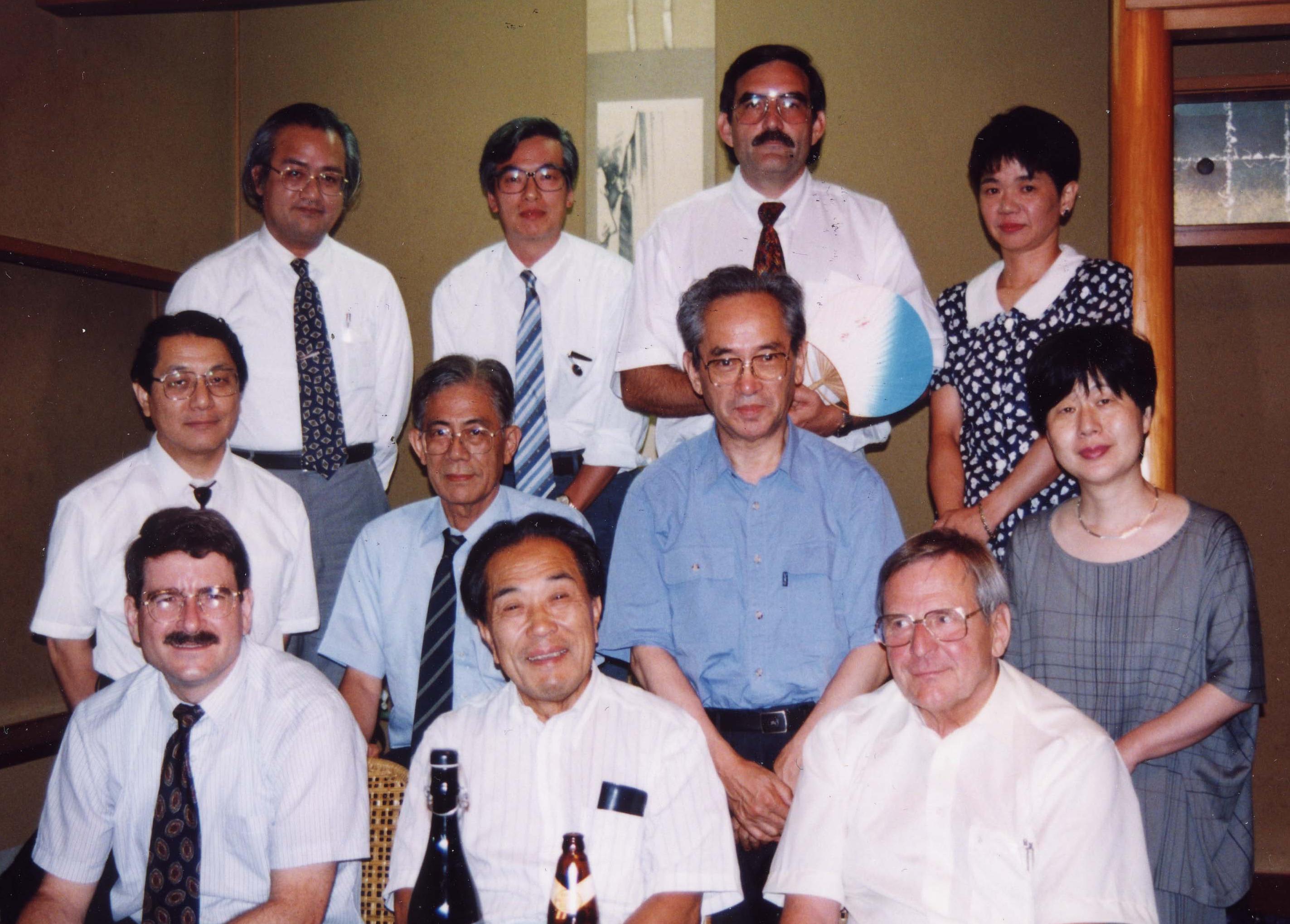
Shunsuke Ohtahara
1930 - 2013
Professor Shunsuke Ohtahara passed away early in the morning of March 16, 2013, at the age of 83. He was suffering from a neuromuscular disease, and had been hospitalized for nearly a year. Although he had had a hard time walking for several years due to muscle weakness and severe leg pain, he continued to give lectures and saw many patients with epilepsy until his hospitalization. In addition, he was always an encouraging and great mentor, even while in his sickbed. He gave his all to every endeavor, and his wife was devoted to him. Despite his deteriorating health, he was able to enjoy talking with his family and friends until a few weeks before his death. He was an inspiring presence for his pupils and his death fills us with deep sadness.
Professor Ohtahara is well known in the academic world for the disease that he first described and which was named after him: Ohtahara syndrome. This epileptic syndrome is the earliest type of age-dependent epileptic encephalopathy proposed by him, that is consisting of Ohtahara syndrome, West syndrome and Lennox-Gastaut syndrome. The concept and categorization of age-dependent epileptic encephalopathy was based on the recognition of the developmental changes that occur in each epileptic syndrome, which were observed in long-term follow-up studies. The concept of age-dependent epileptic encephalopathy was truly novel and led to an understanding of the significance of brain development in the occurrence of childhood epilepsy. Dr. Ohtahara investigated the developmental changes seen in electrophysiological examinations such as EEGs and evoked potentials in many normal children. He found that these electrophysiological parameters showed specific age-related changes that were not necessarily linear but occurred in critical stages. Based on these findings, he happened upon the idea that developmental aspects of childhood epilepsy such as age-dependent epileptic encephalopathy were closely related with these developmental changes in brain functions.

Dr. Ohtahara was born in Okayama in 1930, and was raised there. He graduated from Okayama University, and started his career as a pediatrician at the Department of Pediatrics in Okayama University Medical School. In 1979 he became a professor, and founded Department of Child Neurology in Okayama University, at a time when such specialized departments were very few in Japan. Although all his research and practice were performed in Okayama and he never left the area for more than months, his work has had great influence in the international epilepsy and child neurology communities. In his academic career he visited many foreign countries to give lectures and closely communicated with many foreign researchers. He was respected for his excellent scientific achievements and his deep insight into child neurology. His kind and warm personality always drew people to him. He received many international awards such as the Ambassador for Epilepsy from the International League Against Epilepsy and International Bureau for Epilepsy; the Frank Ford Memorial Award from the International Child Neurology Association; the Hans Berger Award from the Hans Berger Foundation; and the Fritz Dreifuss Award from the Epilepsy Foundation of America.
In his free time, he was a great lover of photography and had an excellent collection of cameras including antique ones. He was knowledgeable about architectural history and he took many beautiful photos every time he visited foreign countries. He was also a big fan of professional baseball. He loved dogs all his life and he used to take his dog for walks even when it was difficult for him to walk. He leaves behind two daughters, a son and five grandchildren. The youngest grandchild was born just two months before his death.

He is one of the pioneers in epilepsy research in Japan, and is among the founding members of the Japan Epilepsy Society. When he started his research of child neurology, especially childhood-onset epilepsy, there was only one humble EEG machine at the surgical department in Okayama University. Furthermore. he had to overcome a lot of difficulties in doing his research without predecessors. He was a man of great determination and perseverance. Moreover, he was a great teacher and trained younger doctors from the earliest days of his career. Many doctors from all over Japan and foreign countries such as China studied epileptology and child neurology here at the Department of Child Neurology of Okayama University. Until the very last day of his life he worked to raise awareness of the importance of studying child neurology and he stressed the need for specialized departments of child neurology in universities in order to promote research on child neurology, and improve the lives of neurologically handicapped children. We, his pupils, are determined to carry on his devotion to research and the care of patients.
Yoko Ohtsuka, M.D., Ph.D.
Professor Emeritus of Okayama University
Subscribe to the ILAE Newsletter
To subscribe, please click on the button below.
Please send me information about ILAE activities and other
information of interest to the epilepsy community